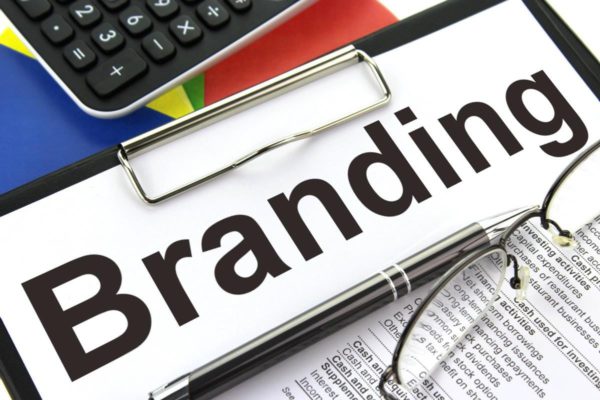Do you know your brand DNA? This familiar concept, happily adopted by the global marketing community, remains rather unfathomable to most brand managers. Some might argue it’s considered an essential baseline for any good marketing strategy. But what does it actually mean to refer to a brand’s DNA? Is it really as unique and discernible as our human equivalent?
A quick online search (in absence of a Wikipedia hit) reveals a few interesting attempts to define the concept:
“Brand DNA is the central core of your business. It’s your brand’s position in the market, the promise you make to your customers, and the values that set you apart. From the purpose of your business to the voice you use to communicate, everything plays an important role. Just like the nucleotides that make up your body’s DNA, these individual elements can be moved around — but never left out — to produce endless diversity in a consistent and familiar package.”
Source: Discover 5 ways to define your Brand DNA
“Much like the DNA of living things – which contains all the hereditary information that make each creature unique – brand DNA condenses all peak performances that made a brand successful over the course of years.
This sum of values is considered the brand DNA that forms the brand core. The specific brand characteristics – just like the genetic material of a living creature – must be unique and clearly defined. They have condensed into a core over many years and are no longer questioned.”
Source: Brand DNA
So, in short; “Brand DNA represents a set of unique associations that can be moved around to produce endless diversity in a consistent and familiar package or label of which the value is no longer questioned.”
At Mindspeller, we attempted to turn this definition into a model for brand DNA that is both standardized and scalable. We coined it the Association Wheel. It’s the first image that appears when you Google the term.
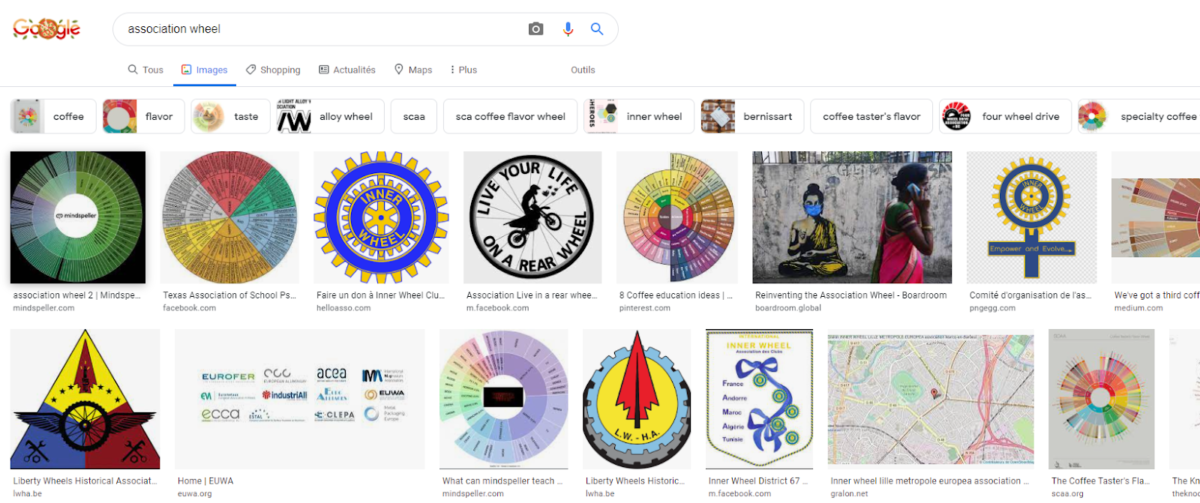
A new standard?
The Association Wheel is one of many applications that make up Mindspeller’s neuro AI branding studio software.
Let’s take a closer look.
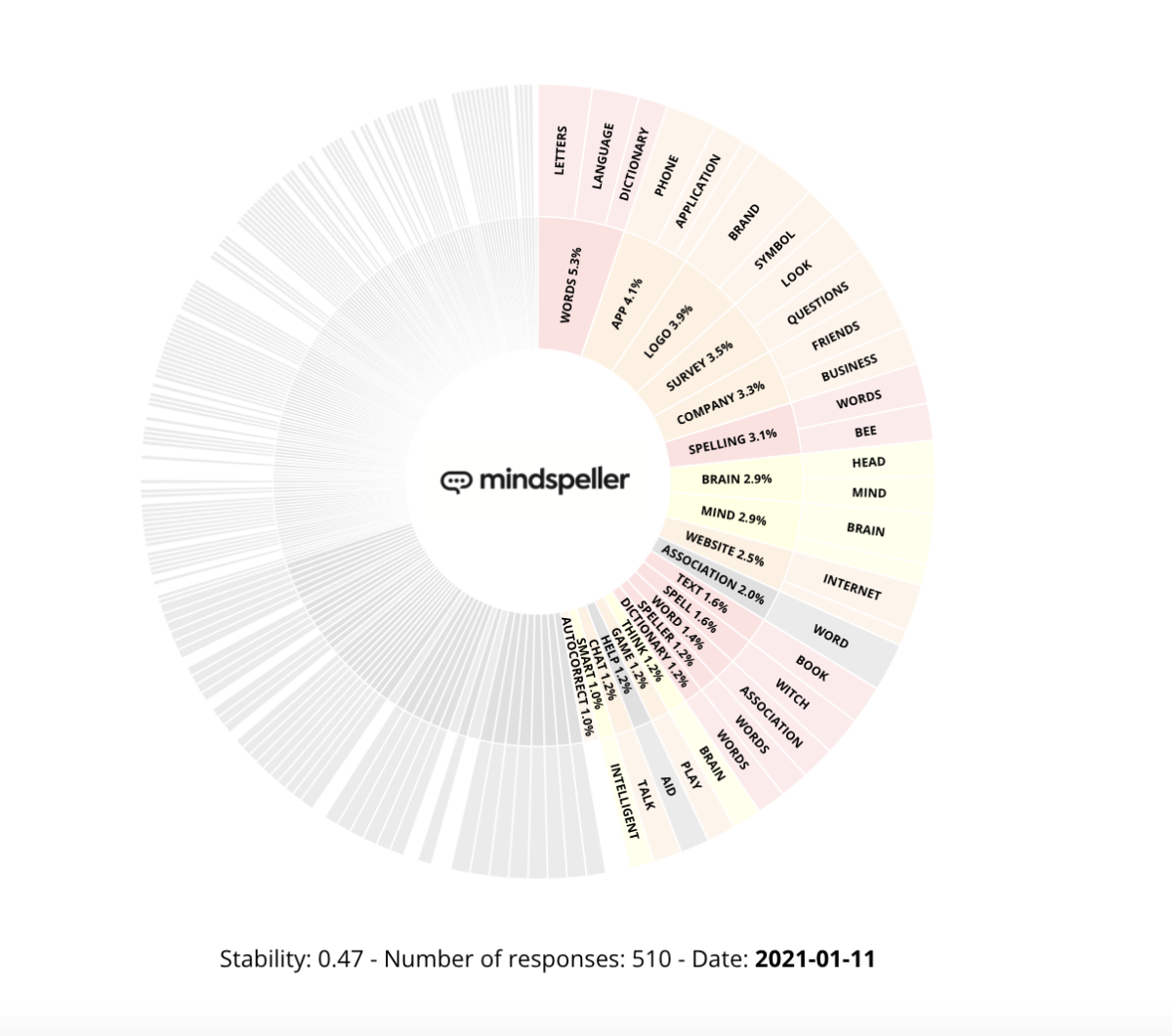
The Association Wheel allows you to position your brand in the world’s largest implicit association network by connecting the inner ring of the wheel with the outer. The inner ring is the result of our human-centric AI crowdsourcing at least 500 spontaneous associations with your brand. The resulting ranking and surface area in the inner ring correlates with split second electrical activity in the brain. The higher the % of the association, the more likely this is what your customer is thinking subconsciously when primed with your brand logo. In other words, you can bet your bottom dollar the top of the wheel reflects your customer’s top of mind thinking. Consider the wheel as a whole and you’ve got your brand DNA.
But there’s more.
Stability score
Let’s take a look at the wheel of a few hallmark brands.
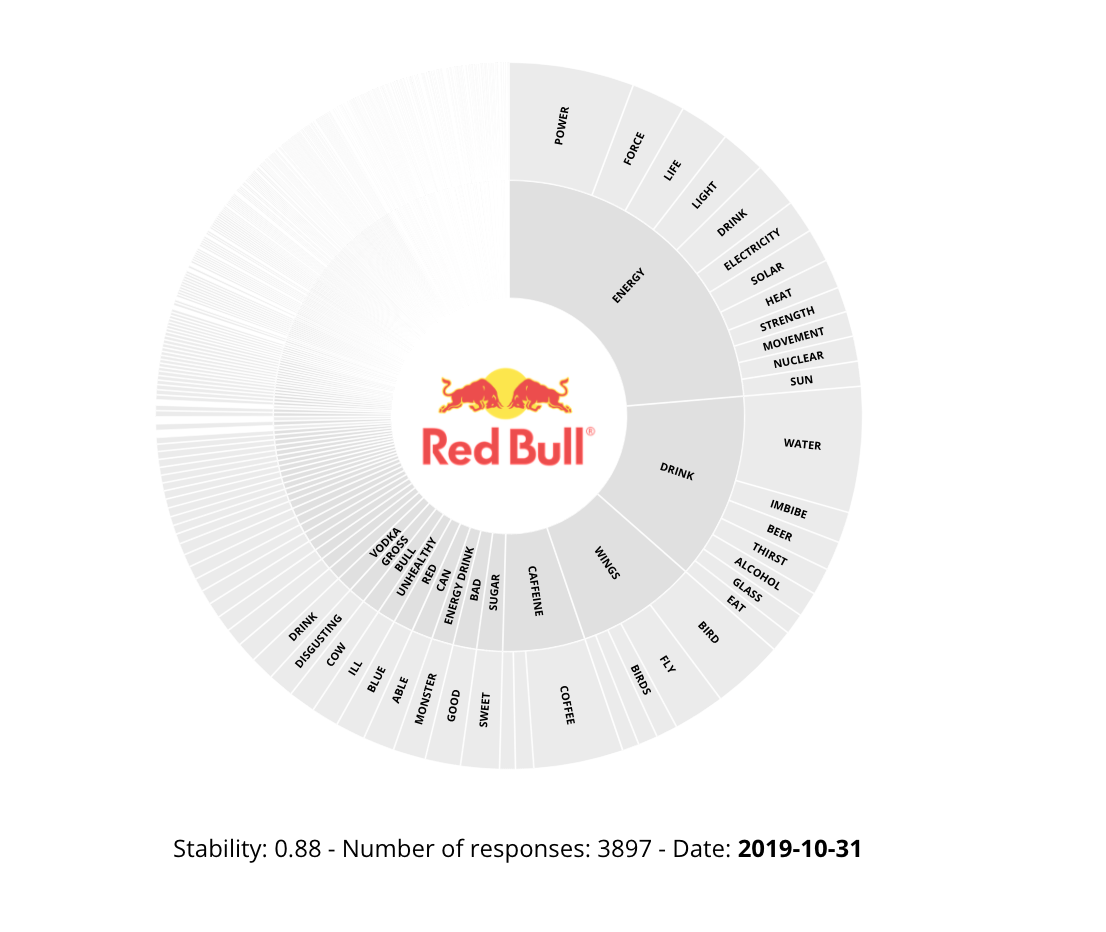
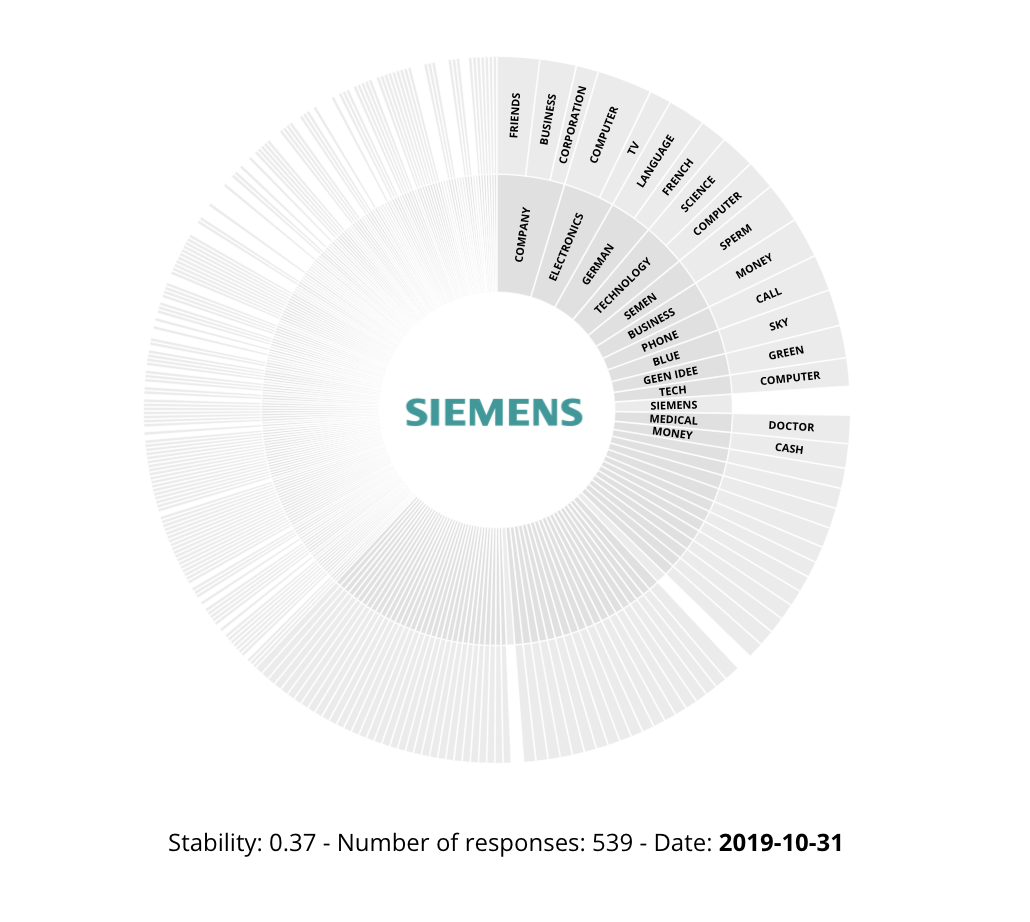
Notice the difference in the ‘stability’ score in the footer? The stability of the wheel reveals the variability in human response. How concrete (or abstract) are the associations recalled by your brand? This score follows a normal distribution with an average score of 0.5 and a standard deviation of 0.08.
This means that, with a stability score of 0.88, a brand like Red Bull means more or less the same thing to most people. Siemens, on the other hand, gets a stability score of only 0.37, which suggests this brand means many different things to different people.
Semantic overlap
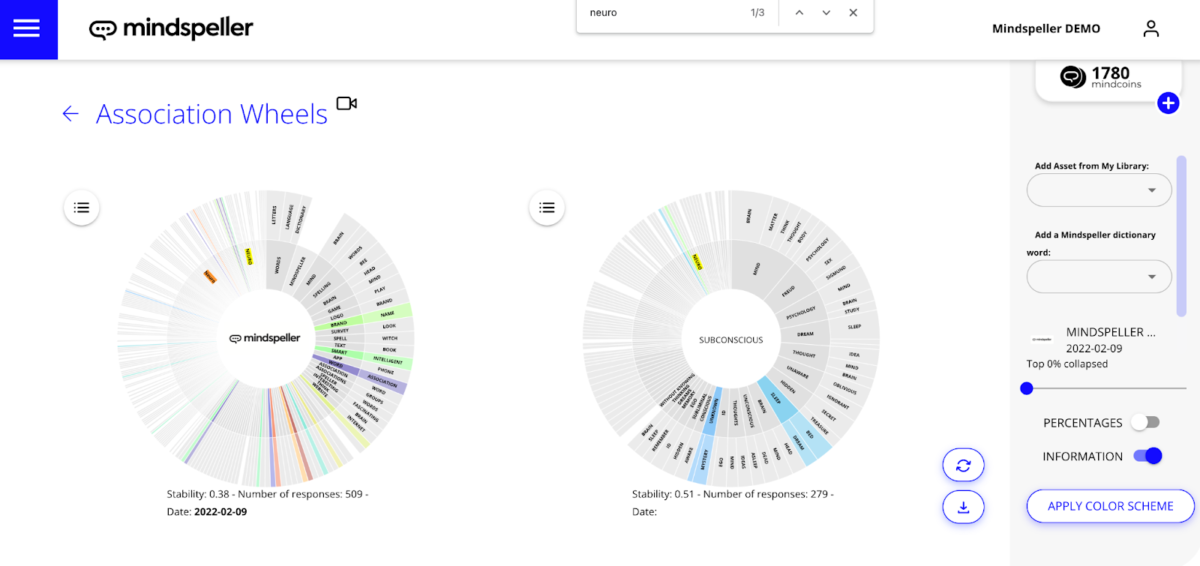
Another cool feature when playing around with the Association Wheels is the visualization of the semantic overlap when comparing your brand with an intended association.
Consider the example above. The Mindspeller brand Association Wheel is now a more recent snapshot taken on February 9th, 2022 (notice the subtle difference at the top of the wheel when compared to the January 11th, 2021 version).
When loading the Wheel for an intended association, like ‘subconscious’, we can now easily reveal the existing semantic overlap by applying the color scheme. Identical responses are displayed in the same color in both wheels for ease of use.
Connection Checker
But the fun doesn’t stop here.
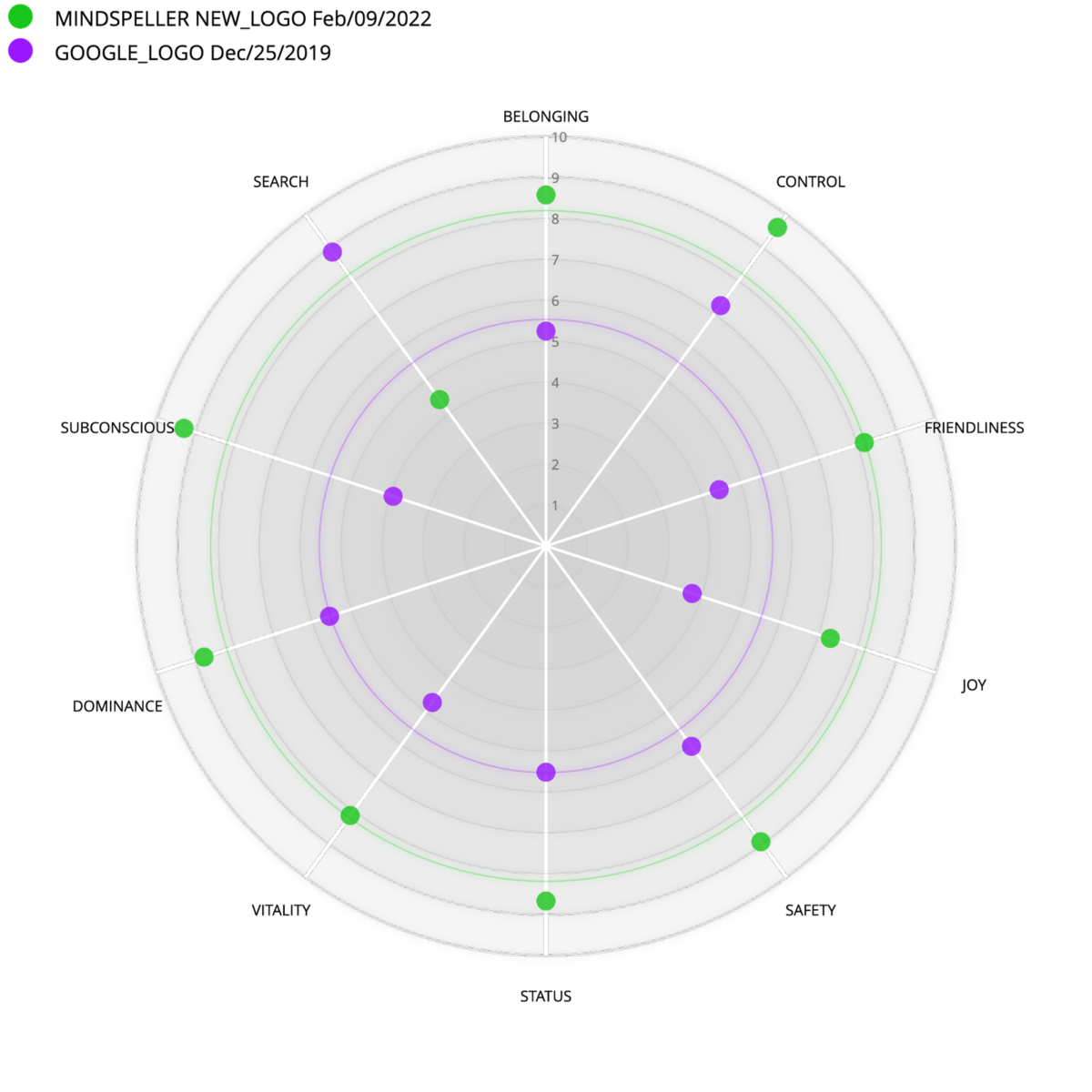
Thanks to the linking of both inner and outer rings in the wheel, Mindspeller allows you to benchmark how strongly your brand is mentally connected to any random intended association or shared customer value already mapped as part of the natural language.
Say we wanted to benchmark the Mindspeller brand against a hallmark like Google. Notice how Google is obviously thought of more often in the same context of ‘search’ than Mindspeller. Mindspeller, on the other hand, seems to evoke the intended association ‘subconscious’ more strongly. And then there’s the more traditional frameworks that allow to benchmark a brand on dimensions such as ‘status’, ‘safety’, ‘control’ and so on.
Spin your wheel!
Just like human DNA, brand DNA can mutate over time. With Mindspeller’s Brand Tracker, you can now monitor the evolution of your brand DNA to gauge which campaigns positively contribute to your brand equity.
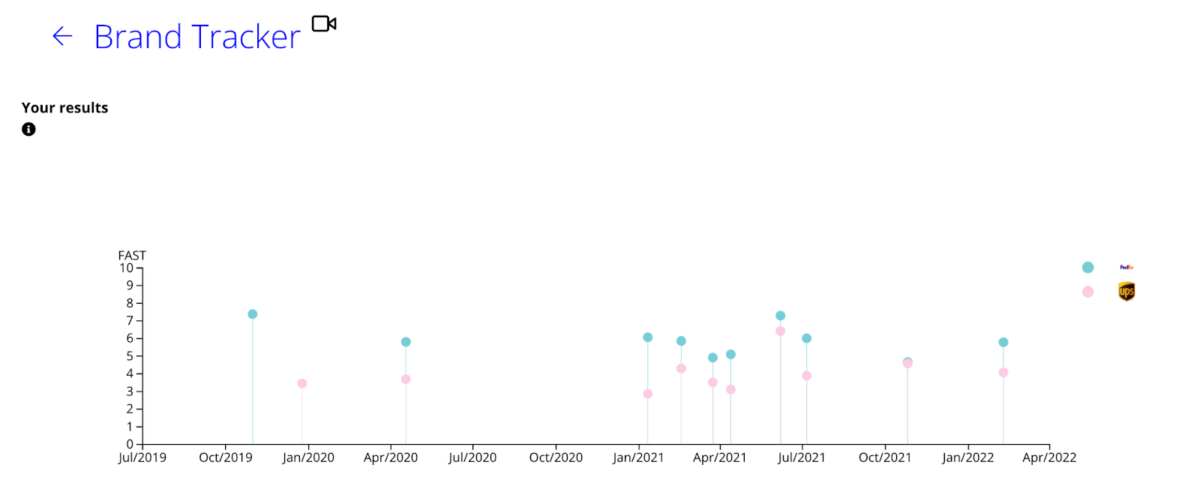
But don’t take our word for it.
Check out what some of our agency partners have to say about Mindspeller’s take on brand DNA
Mindspeller
reviews





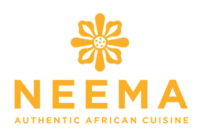


Want to learn more? Please book your discovery call.


